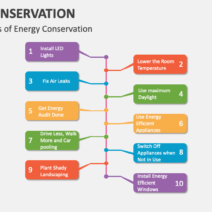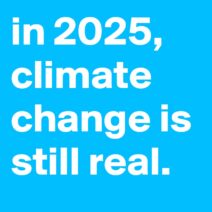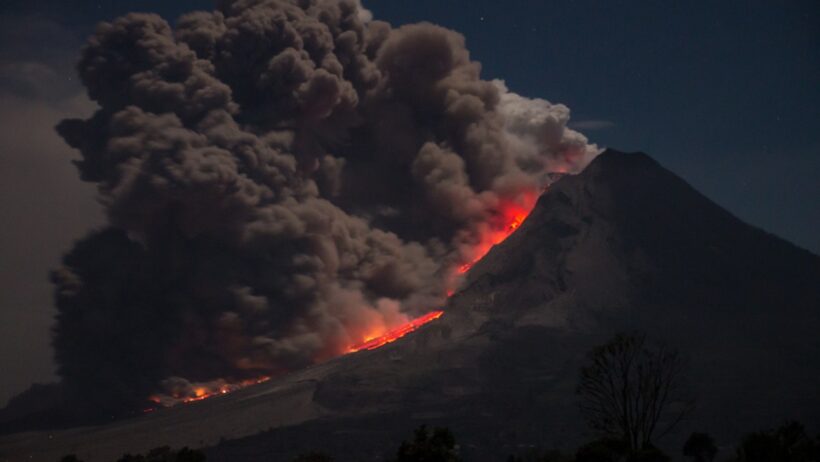Volcanic eruptions have long been a subject of intrigue, leading many to speculate about their effects on global climate patterns. A common observation is that some individuals assign blame to these natural phenomena for phenomena associated with global warming. While eruptions do indeed release massive amounts of ash, sulfur dioxide, and other gases into the atmosphere, the relationship between volcanic activity and global warming is far more complex and nuanced.
To understand the interplay between volcanic eruptions and climate change, it is essential to first comprehend the mechanisms of each process. Volcanic eruptions can emit significant quantities of particulates and greenhouse gases, notably carbon dioxide (CO2) and sulfur dioxide (SO2). Initially, one may be led to believe that the CO2 produced by volcanic activity contributes to the greenhouse effect, which in turn fuels global warming. However, the reality deviates markedly from this straightforward assumption.
Volcanic eruptions typically occur on a timescale that contrasts with the ongoing human-induced climate change crisis. The release of CO2 during a volcanic event is dwarfed by the emissions from anthropogenic sources, such as fossil fuel combustion. It is estimated that the average volcanic output ranges from 100 to 300 million metric tons of CO2 per year. In stark contrast, human activities contribute over 30 billion metric tons annually. This disparity highlights that, while volcanic eruptions play a role in the carbon cycle, they are not the principal drivers of global warming.
Despite the modest contribution of volcanic CO2, the sulfur dioxide emitted can actually lead to a cooling effect in the short term. When SO2 enters the atmosphere, it transforms into sulfate aerosols, which reflect sunlight back into space, effectively contributing to volcanic winter. This phenomenon has been observed following notable eruptions, such as Mount Pinatubo in 1991, which resulted in a temporary dip in global temperatures. Therefore, while significant eruptions may momentarily mitigate warming, the long-term trends dictated by consistent anthropogenic emissions far eclipse these transient effects.
It is also crucial to recognize the differing scales and types of eruptions. The geothermal activity and resultant emissions from persistent volcanic systems differ profoundly from the cataclysmic eruptions often highlighted in discussions of climate change. The latter can influence regional climates for several years, predominantly through stratospheric injection of aerosols. Yet even in such cases, their significance recedes in the face of the existing anthropogenic carbon footprint.
The underlying reason for this fascination with volcanic activity as a scapegoat for climate change relates to our psychological predisposition to find natural phenomena as fundamental explanations for changes in our environment. Humans have historically viewed climate as an entity governed by larger-than-life forces, prompting the allure of turning to mighty occurrences like volcanic eruptions when grappling with the vast complexities of climate science. This inclination often overshadows the stark reality that modern climate change is predominantly driven by human agency.
Moreover, the historical context of volcanic eruptions and climate interaction provides further insight into public perception. During periods such as the Little Ice Age, which spanned from approximately 1300 to 1850, a series of notable eruptions were coincident with cooler temperatures across Europe and North America. This has led to misconceptions about the role of natural events in altering the climate system on a grand scale. These historical instances, while significant, must be placed within the framework of overall climate dynamics to avoid erroneous conclusions about the causes of contemporary warming.
In recent years, the fascination with volcanism has resurfaced with advancements in technology that allow for intricate analysis of historical climate records. Scientists can now retroactively study the atmospheric composition during volcanic events, providing better insight into their climatic ramifications. This sophisticated understanding, however, must not obscure the principal drivers of current warming trends. Polar ice core samples, for instance, reveal that volcanic eruptions can precipitate short-term cooling but leave the long-term climate trajectory primarily influenced by anthropogenic activities.
The critical importance of recognizing the actual contributors to global warming cannot be overstated. Climate activists and policymakers must focus on reducing greenhouse gas emissions stemming from fossil fuels, deforestation, and agriculture rather than diverting attention towards natural events. This acknowledgment is vital as we navigate the complexities of climate change. While Earth’s natural systems do influence climate, the urgency for substantial reductions in human-generated emissions remains paramount.
In summary, while volcanic eruptions play an undoubted role in shaping climatic phenomena, attributing blame for global warming to these natural occurrences detracts from the real issue: the overwhelming impact of human activities on the Earth’s climate system. Understanding the dynamics between both anthropogenic and natural factors offers an opportunity to refocus efforts on meaningful climate action. The path ahead requires an informed public, ready to engage with the realities of climate science while advocating for solutions that address the real culprits behind global warming.
In conclusion, we find ourselves at a critical juncture. The effectiveness of our response to global warming hinges not on misplaced blame but on a clear-eyed understanding of the interplay between natural events and the human footprint on our planet. Engaging with the facts empowers us to approach climate recovery with the urgency it demands, ensuring that future strategies are both effective and scientifically grounded.






